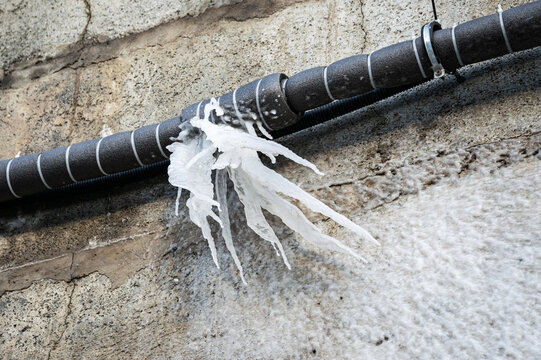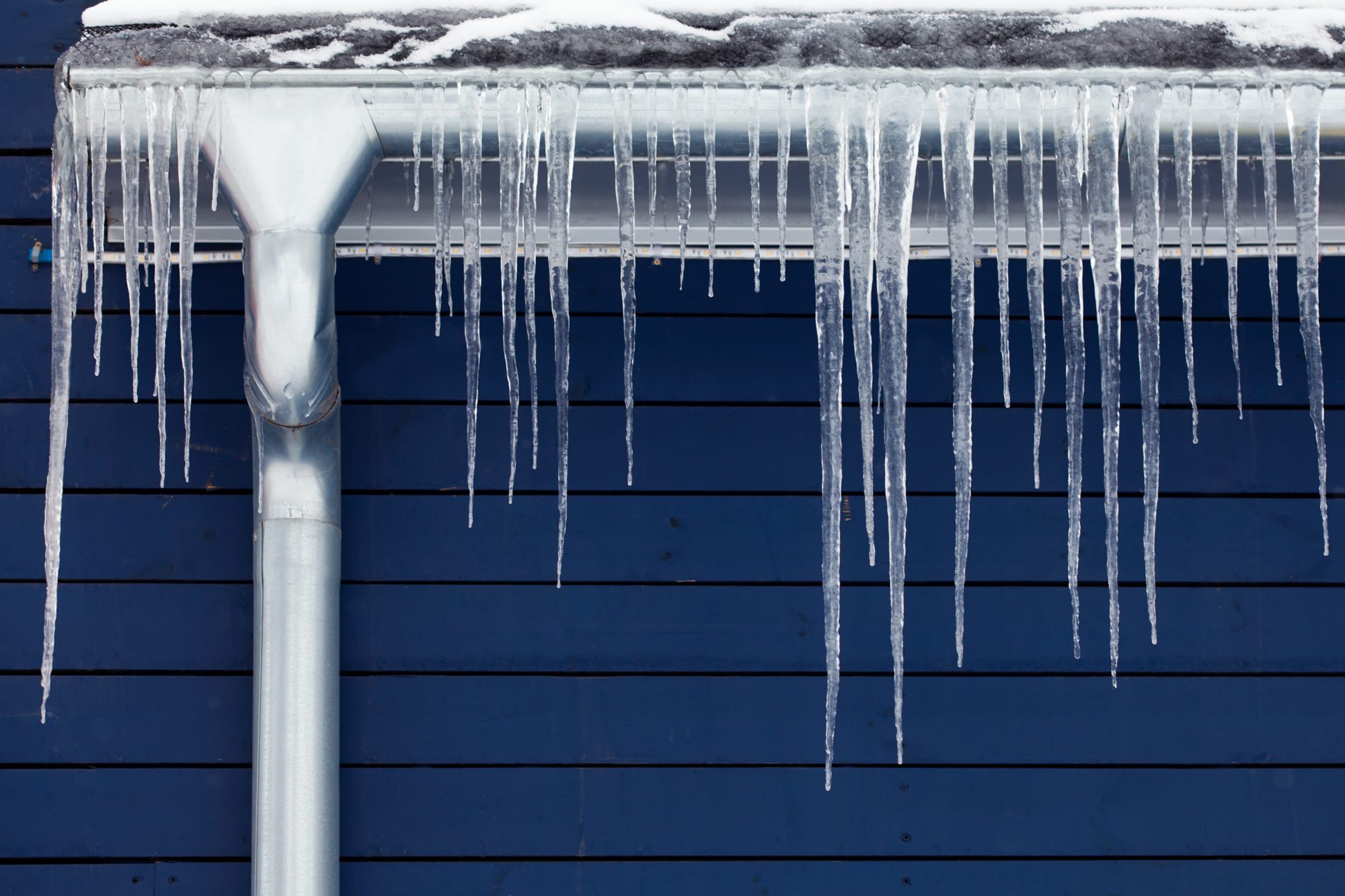Preventing Frozen Pipes in Cold Weather: Pro Advice
Preventing Frozen Pipes in Cold Weather: Pro Advice
Blog Article
Any individual maintains their own unique rationale on the subject of How to prepare your home plumbing for winter weather.

Cold weather can wreak havoc on your plumbing, especially by freezing pipelines. Here's exactly how to avoid it from taking place and what to do if it does.
Introduction
As temperature levels drop, the risk of frozen pipelines boosts, potentially leading to expensive fixings and water damage. Understanding just how to avoid frozen pipes is critical for house owners in cool environments.
Recognizing Frozen Pipes
What triggers pipelines to ice up?
Pipelines freeze when subjected to temperature levels below 32 ° F (0 ° C) for prolonged durations. As water inside the pipelines ices up, it broadens, putting pressure on the pipeline walls and possibly triggering them to burst.
Threats and damages
Frozen pipes can result in supply of water interruptions, home damage, and pricey fixings. Ruptured pipelines can flooding homes and trigger comprehensive structural damage.
Indications of Frozen Pipes
Recognizing frozen pipelines early can prevent them from rupturing.
How to determine frozen pipes
Seek decreased water flow from faucets, uncommon smells or sounds from pipelines, and visible frost on exposed pipes.
Avoidance Tips
Protecting susceptible pipes
Wrap pipelines in insulation sleeves or make use of heat tape to safeguard them from freezing temperatures. Concentrate on pipes in unheated or outside areas of the home.
Home heating techniques
Keep interior areas sufficiently heated up, specifically locations with plumbing. Open closet doors to enable warm air to circulate around pipes under sinks.
Shielding Outside Pipes
Garden tubes and exterior taps
Detach and drain yard tubes before winter months. Set up frost-proof faucets or cover exterior faucets with protected caps.
What to Do If Your Pipes Freeze
Immediate actions to take
If you believe frozen pipes, keep faucets open to soothe pressure as the ice melts. Utilize a hairdryer or towels soaked in warm water to thaw pipes gradually.
Long-Term Solutions
Architectural changes
Think about rerouting pipelines away from outside wall surfaces or unheated areas. Include extra insulation to attics, basements, and crawl spaces.
Updating insulation
Purchase top notch insulation for pipes, attics, and walls. Proper insulation assists preserve constant temperature levels and decreases the risk of frozen pipelines.
Final thought
Preventing icy pipes requires positive measures and fast responses. By comprehending the reasons, indications, and safety nets, homeowners can secure their pipes during cold weather.
6 Proven Ways to Prevent Frozen Pipes and Protect Your Home
Disconnect and Drain Garden Hoses
Before winter arrives, start by disconnecting your garden hoses and draining any remaining water. Close the shut-off valves that supply outdoor hose bibs and leave the outdoor faucet open to allow any residual water to drain. For extra protection, consider using faucet covers throughout the colder months. It’s also important to drain water from any sprinkler supply lines following the manufacturer’s directions.
Insulate Exposed Pipes
Insulating your pipes is an effective way to prevent freezing. Pipe insulation is readily available at home improvement stores and is relatively inexpensive. Pay close attention to pipes in unheated areas such as the attic, basement, crawl spaces, or garage. Apply foam insulation generously to create a buffer against the cold. You can also wrap your pipes in heat tape or thermostat-controlled heat cables for added warmth.
Seal Air Leaks
Inspect your home for any cracks or openings that could let in cold air. Seal any holes around the piping in interior or exterior walls, as well as the sill plates where your home rests on its foundation. Additionally, make sure to keep your garage door closed unless you’re entering or exiting. Leaving it open creates a significant air leak that can lead to frozen pipes.
Allow Warm Air Circulation
During cold snaps, it’s essential to allow warm air to circulate evenly throughout your home. Leave interior doors ajar to promote better airflow. Open kitchen and bathroom cabinets to help distribute heat consistently around the rooms. If you have small children or pets, be sure to remove any household chemicals or potentially harmful cleaners from open cabinets for safety.
Let Faucets Drip
A small trickle of water can make a big difference in preventing ice formation inside your pipes. When temperatures drop significantly, start a drip of water from all faucets served by exposed pipes. This continuous flow helps prevent the water from freezing. Additionally, running a few faucets slightly can relieve pressure inside the pipes, reducing the chances of a rupture if the water inside does freeze.
https://choateshvac.com/6-proven-ways-to-prevent-frozen-pipes-and-protect-your-home/

Do you really like reading up on Prevent Frozen Pipes ? Leave feedback below. We will be glad to listen to your views about this piece. Hoping that you come back again in the future. Sharing is good. You just don't know, you may just be helping someone out. We treasure reading our article about Preventing and dealing with frozen pipes.
Browse Our Site Report this page